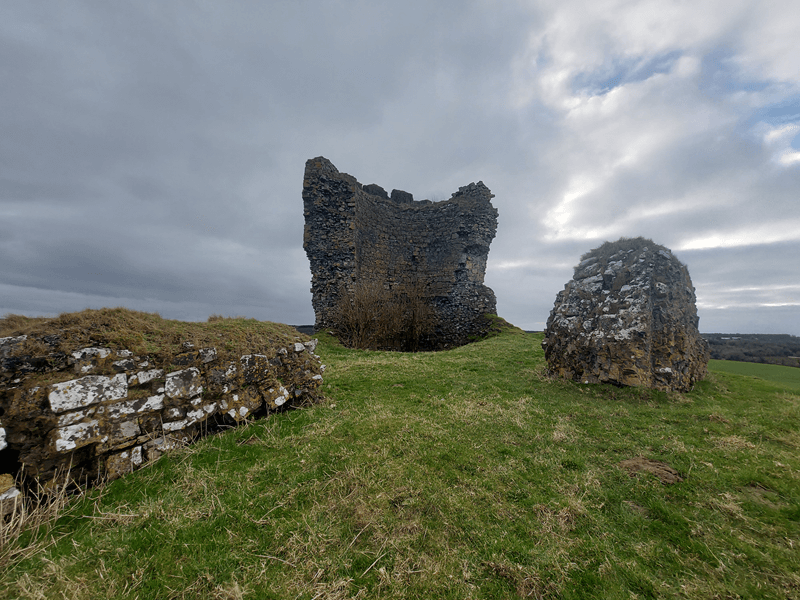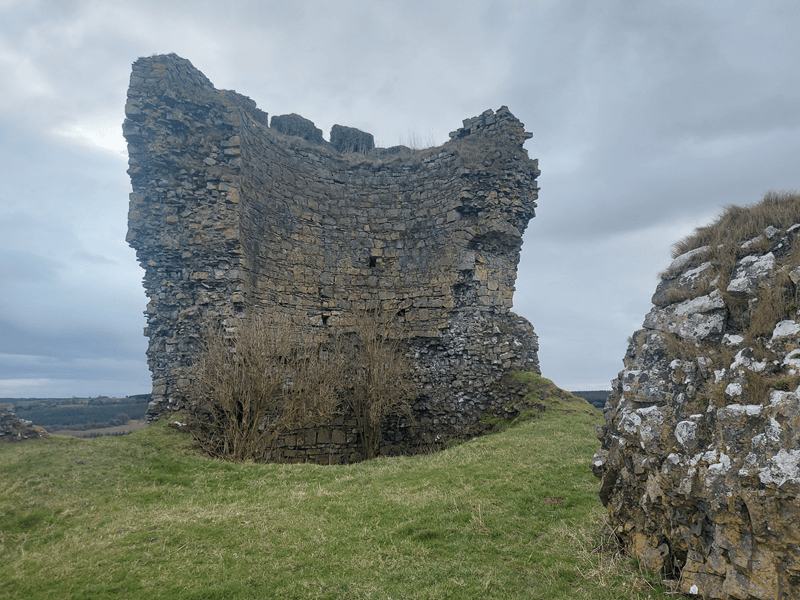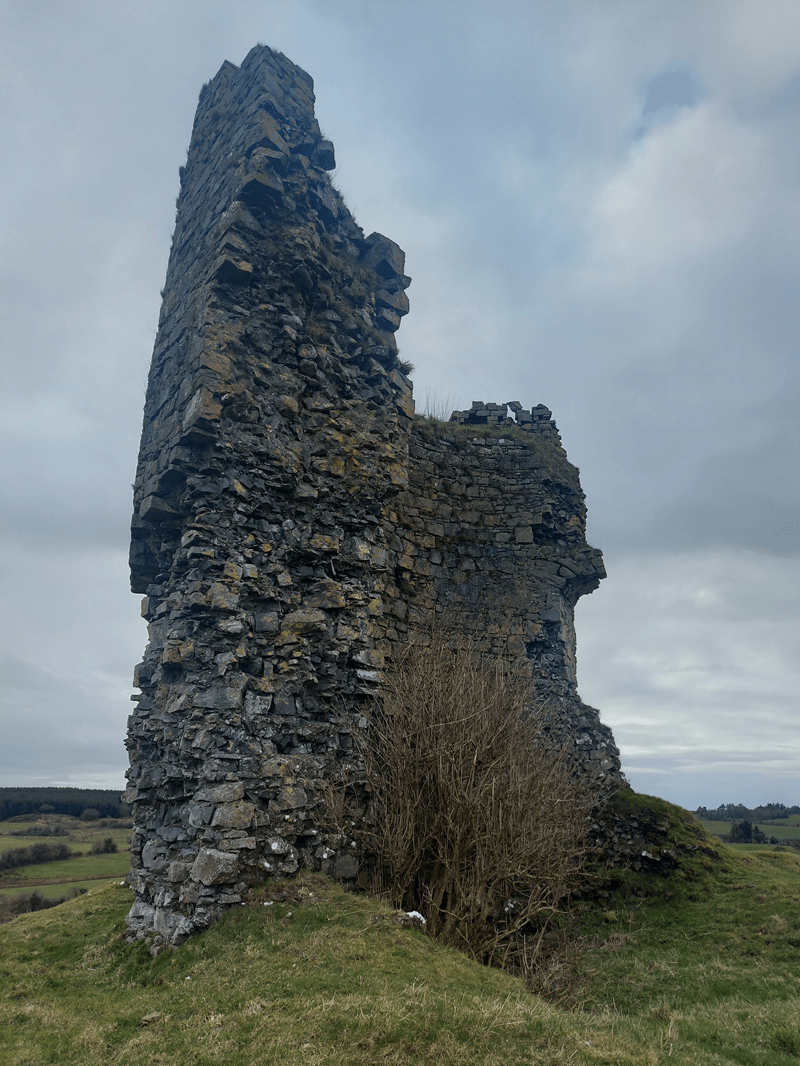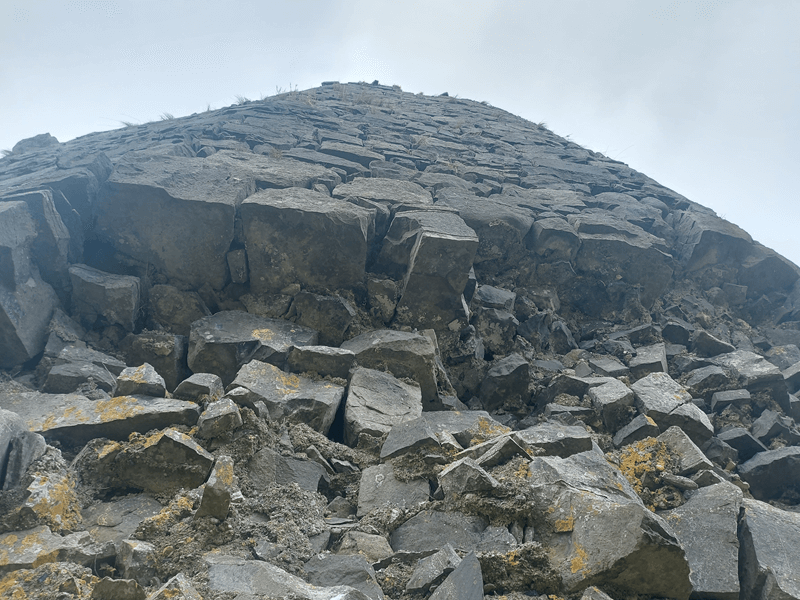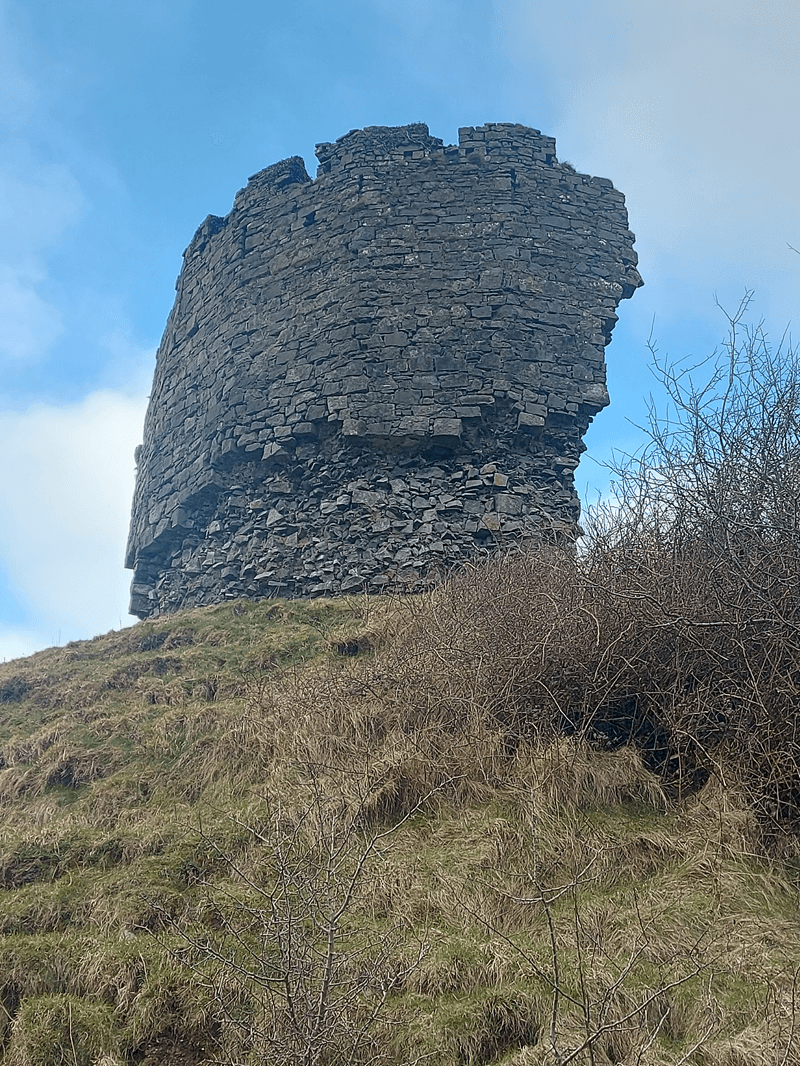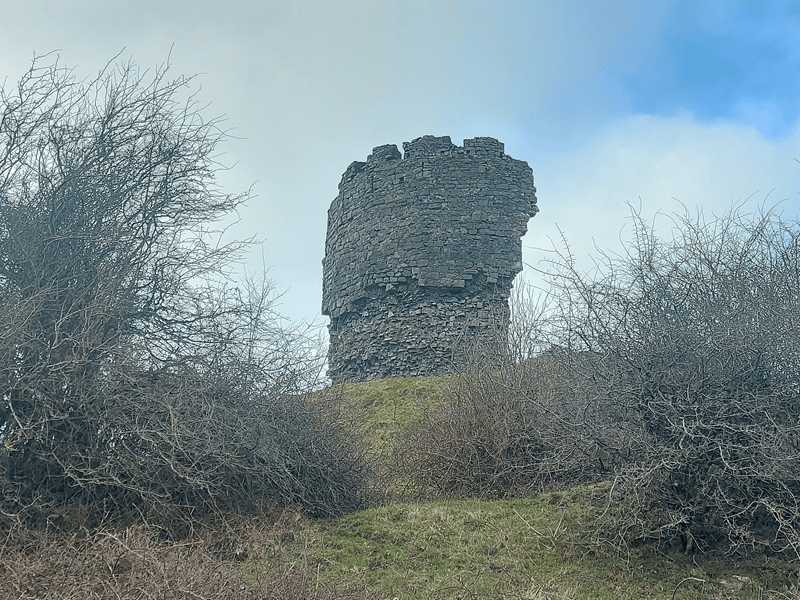History
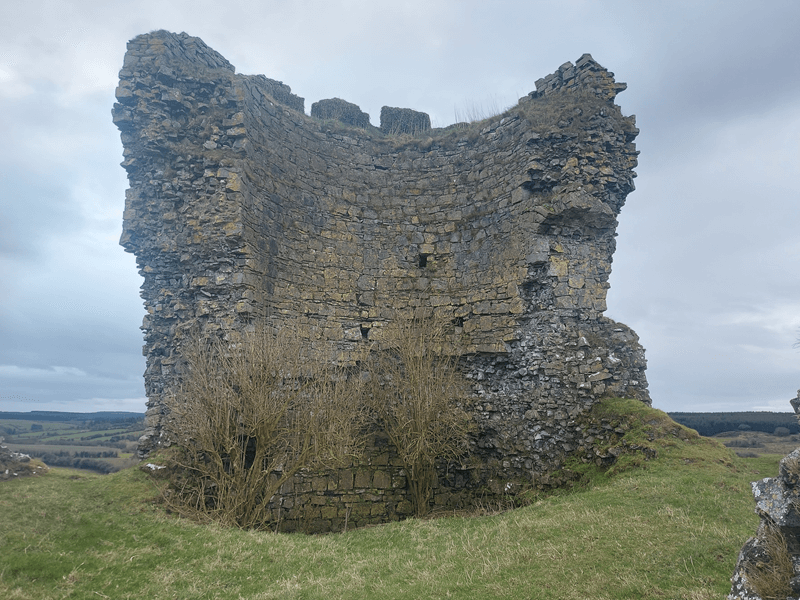
Close to the village of Shanagolden and about 13km north of Newcastlewest, in county Limerick, on top of a quiet hill, the ruins of Shanid Castle stand, representing one of the most ancient remains of an Anglo-Norman stronghold.
According to [1], following the Anglo-Norman invasion of Ireland, Richard de Clare, 2nd Earl of Pembroke (commonly known as “Strongbow”) granted lands in Limerick to Maurice FitzGerald, Lord of Lanstephan. The construction of Shanid Castle is generally dated 1230 circa and it is attributed to Maurice’s son, Thomas FitzMaurice, who inherited the lands of Shanid [1]. However, it can not be excluded that a castle there already existed even before that time [1].
Thomas was the progenitor of the Geraldine House of Desmond and Shanid Castle was later going to be occupied by both the Earls of Desmond and the Knights of Glin, an hereditary knighthood held by the FitzGerald and FitzMaurice families of County Limerick [1]. Indeed, as explained in [2], Thomas’son, John Fitz Thomas, was recorded as lord of Shanid in 1244 and when his great grandson, Maurice FitzThomas, was made earl of Desmond in 1329, the castle passed down their line with nearby Adare. With that, it should not come as a surprise if tradition wants that Shanid was the oldest and most representative castle of the Desmonds, whose famous motto and war cry was “Shanid Aboo”, meaning “Long Live Shanid” [1].
Starting from 1569, as a consequence of the wars in Munster, the Fitzgeralds lost much of their power and possessions [3]. Following the Desmond Rebellions, with the assassination of the last Earl of Desmond in 1584 and the beginning of the plantation of Munster, the castle was captured by Hugh O’Donnell in 1601 but continued to be inhabited until the Irish rebellion of 1641, when it was burned [1].
More recently, during the 19th century, the Nolan family acquired the castle and the sorrounding lands, which still nowadays belong to the Nolan family of Waterpark House [1].
Let’s dig a little bit deeper into the location and its architecture. Shanid Castle was built on a mound and, due to its elevated position, it was the ideal spot to monitor the sorrounding lands and, in case of danger, for lighting a beacon to inform local chieftains and clansmen that help was urgently needed [4]. Clearly, being placed at the summit of a motte, the castle had a favourable advantage if under siege. The polygonal stronghold had inside circular walls about 3m thick [1]. This particular shape can not be found in any other Norman castles in Ireland [3]. The fragment of the circular tower that still survives to battlement height shows that the structure consisted of a basement and a first floor [2]. Moreover, the keep was sorrounded by bailey defensives, ditches and banks [1, 3]. Other useful information on its structure can be found in [5].
Tradition has that there were two tunnels from Shanid Castle, one of which used to connect the Desmond residence to a nearby monastery, also controlled by the Earls of Desmond [5]. According to a local story, when Shanid Castle was attacked by the Queen’s forces, the Earl suggested that his wife should cross the tunnel and reach the monastery [5]. Unfortunately, the monastery was occupied by the enemy, and Lady Desmond was cruelly killed [5].
And what about the second tunnel, going in the northerly direction? It is said that it still hides the treasure of the Geraldines, who buried it there when the castle was attacked and stormed [5].
Although not much other than a shattered shell is left of it today, visiting Shanid was a beautiful evocative experience, an immersion in a silent and wild nature, shielding the peaceful ruins, which has witnessed centuries of troubled history.
References
- [1] Patrick Comerford, Shanid Castle, a hill-top ruin near Shanagolden, was a Desmond stronghold
- [2] Anglo-Norman Castles Paul Martin Remfry, Shanid
- [3] Shanagolden National School, A History of Shanagolden
- [4] Duchas.ie, Shanid Castle - Another Version
- [5] Duchas.ie, Shanid Castle
Other useful links
- Shanagolden.eu, Shanid Castle
- The Shanid Historical Society Shanagolden, Shanid Castle
- Wikipedia, Richard de Clare, 2nd Earl of Pembroke
- Wikipedia, Anglo-Norman invasion of Ireland
- Wikipedia, Maurice FitzGerald, Lord of Llanstephan
- Wikipedia, Thomas FitzMaurice FitzGerald
- Wikipedia, Knight of Glin
- Wikipedia, Desmond Rebellions
- Wikipedia, Irish Rebellion of 1641
